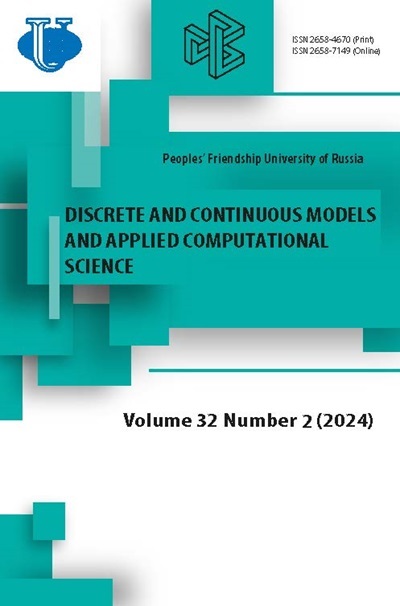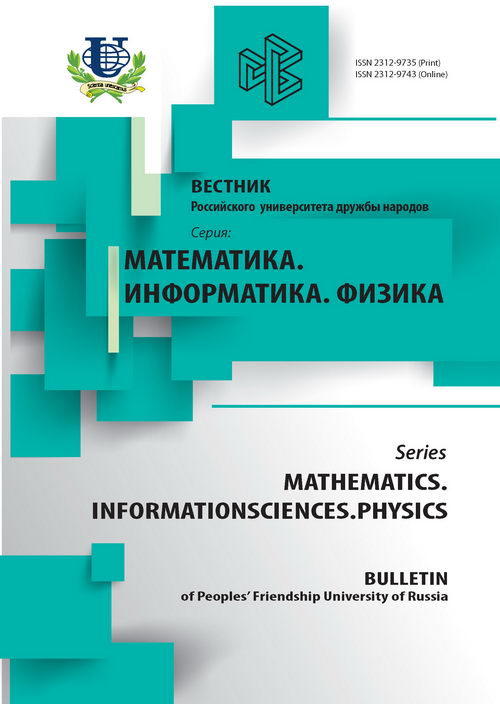Abstract
The development of modern photocopying machines, the search for cheap, efficient and reliable solar cells, the search for new conducting materials and molecular storage systems has motivated experimental and theoretical work on organic materials such as molecular crystals, polymers and low-dimensional organic compounds. The organic electron acceptor 2,4,7-trinitro-fluorenone is used as sensitizer of photosensitive polymers, to extend the spectral range of their photosensitivity through the formation of charge-transfer complexes. Also, the thin films of TNF, depending on conditions of samples preparation, can be obtained in amorphous, polycrystalline and crystalline forms and, therefore, this material can be useful to investigate the effect of structure of organic materials on their electrical and photoelectrical properties. The effect of trapping centres on the conductivity of amorphous 2,4,7-Trinitro-Nine- Fluorenone (a-TNF) is investigated by Space Charge Limited Current (SCLC), Thermally Stimulated Currents (TSC, TSD) and Transient photoconductivity methods. It is found that electron traps in a-TNF have a smoothly varying distribution centered at about Et = 0.29 ± 0.04 eV with a dispersion parameter σ = 0.11 ± 0.02 eV. The true activation energy at room temperature is Ea = 0.45 ± 0.03 eV. The zero-field extrapolated activation energy is Eao = 0.65 ± 0.02 eV. It was suggested that the transport of charge carriers in a-TNF is controlled by traps. Concentration of traps and drift mobility of electrons were evaluated.















